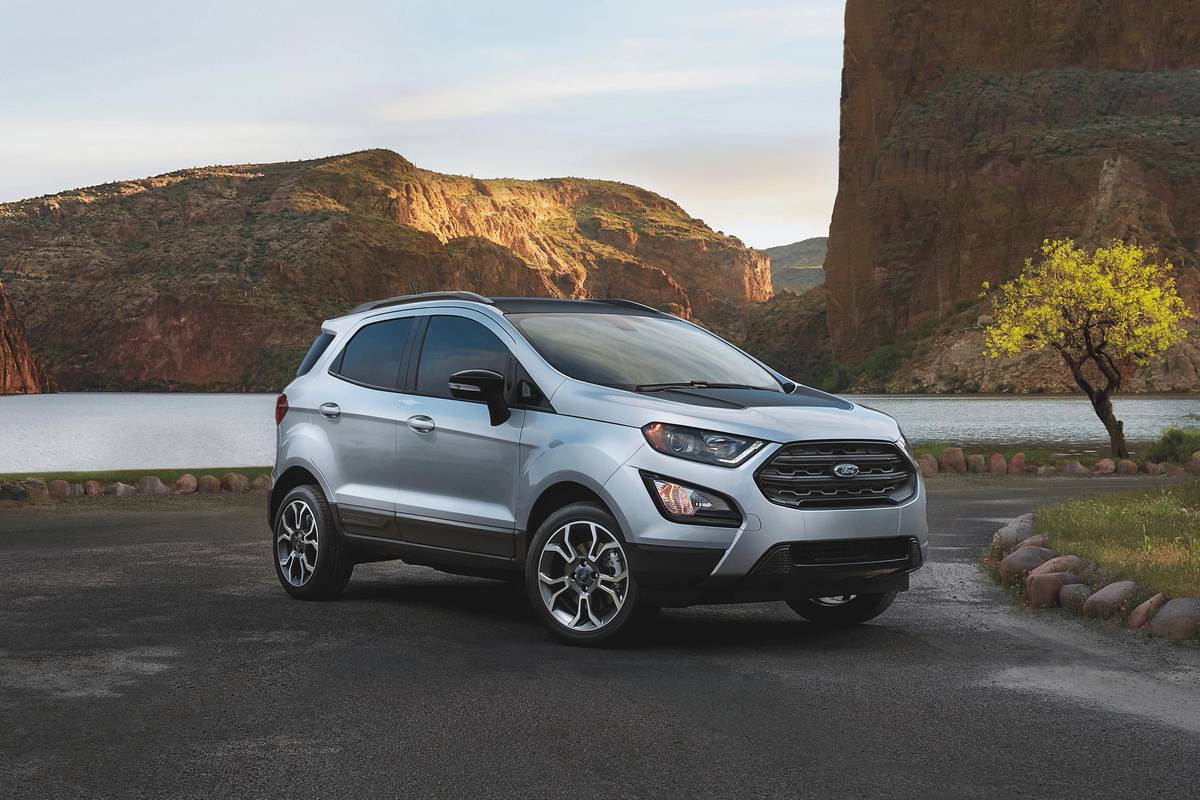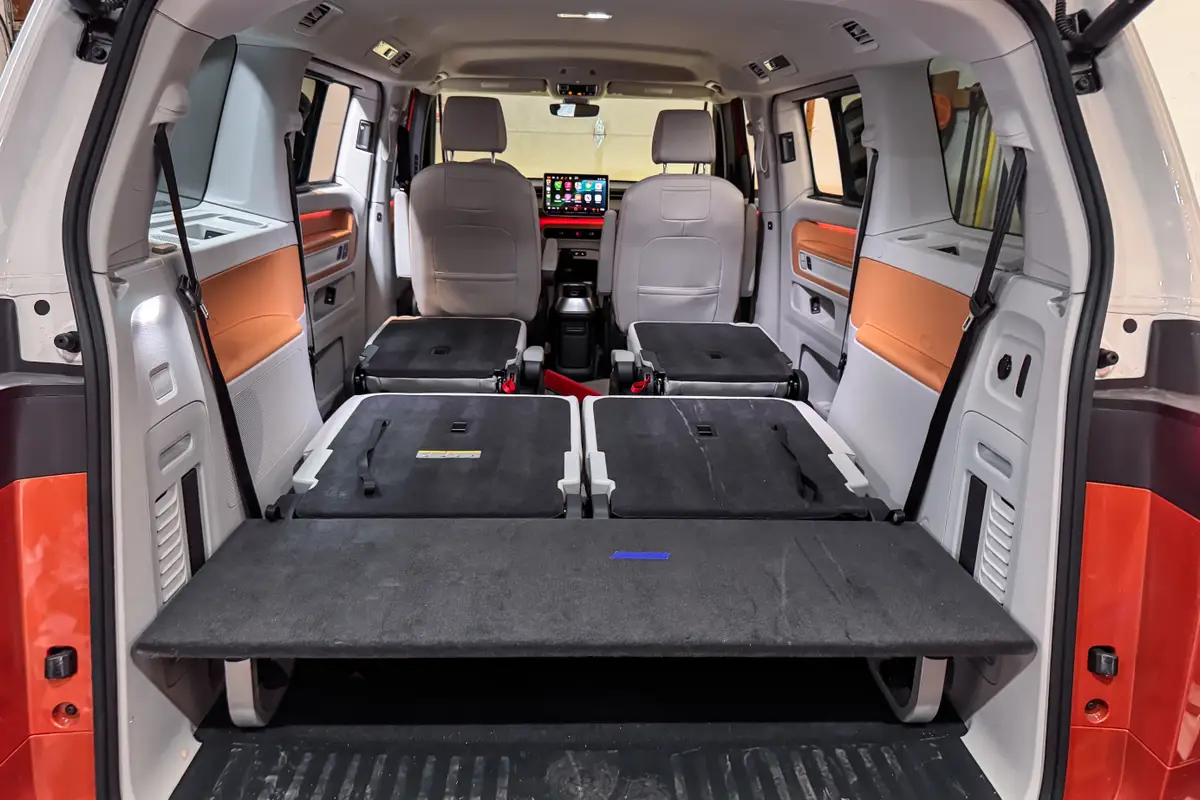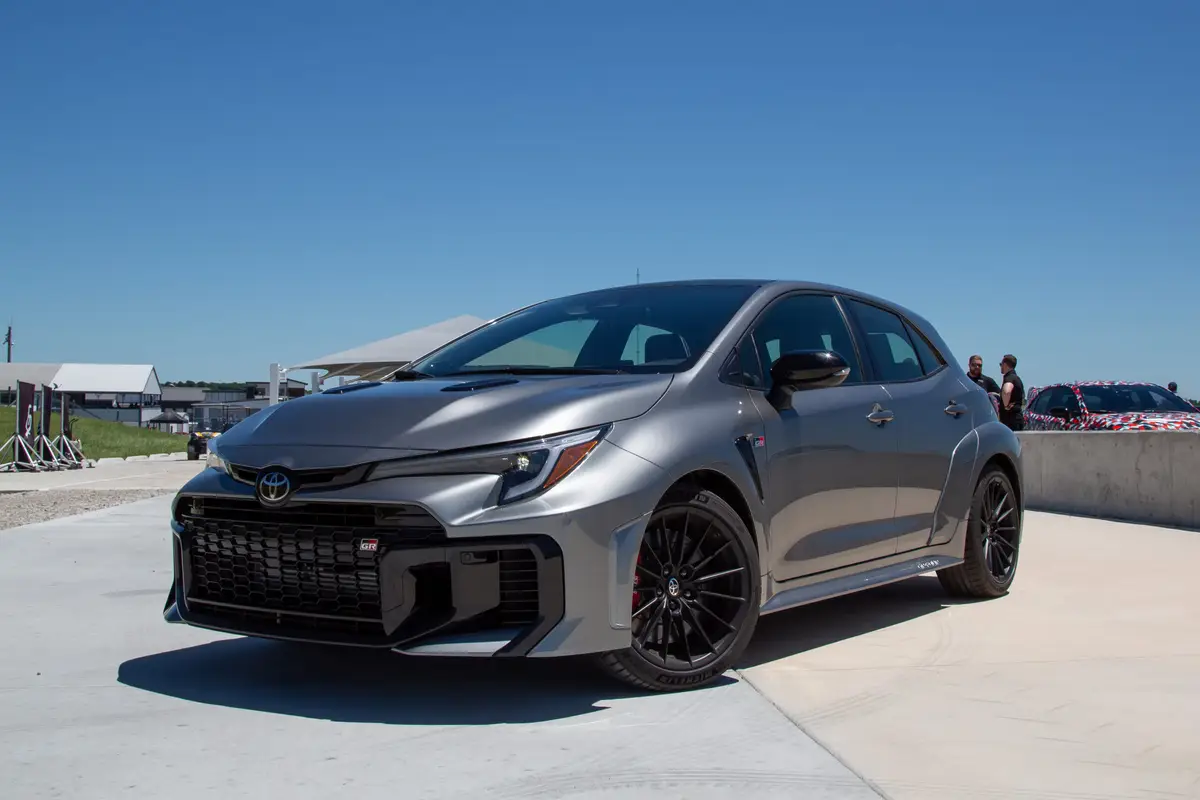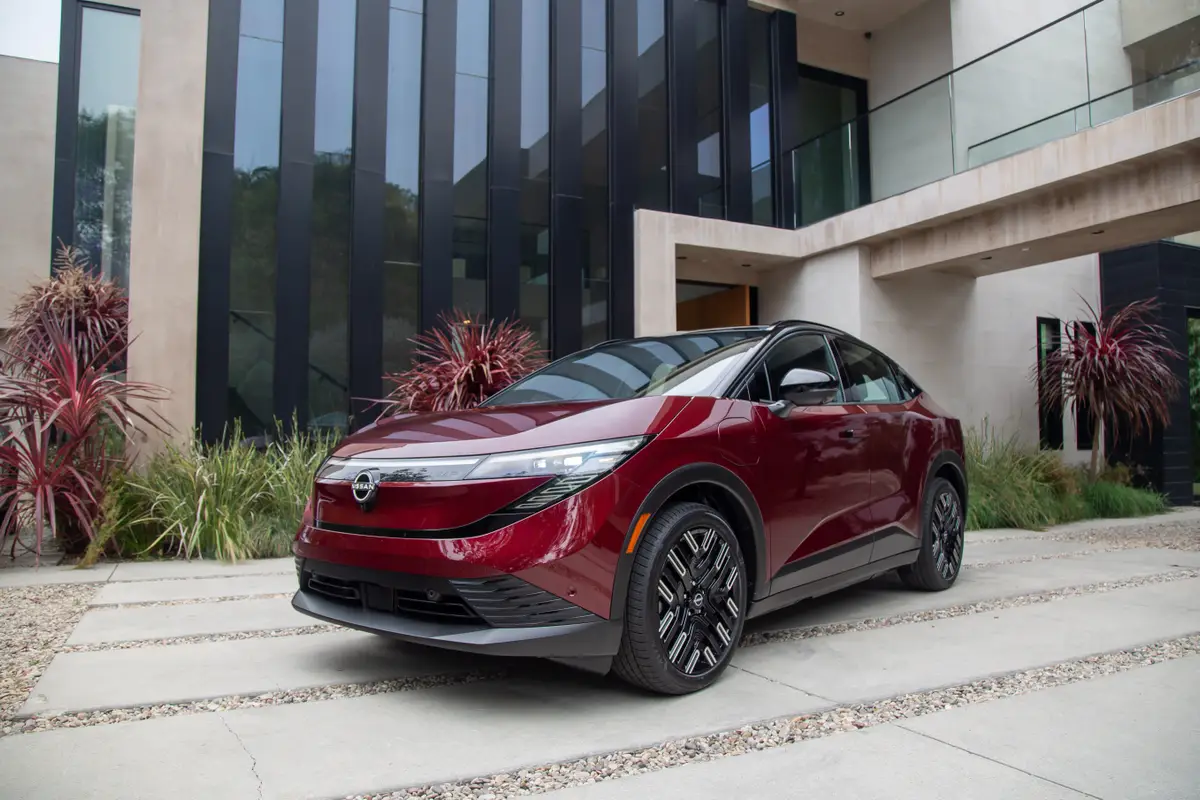Inventory Pinch: New Models You Might Find — at a Price


In June, we dug into data attempting to find models that were more available than others amid a nascent global microchip shortage and other factors that were shrinking supply and raising new-vehicle prices. Unfortunately, matters haven’t improved, though automakers have changed their strategies to keep some vehicles available — and to maintain revenue in the process. So we repeated the exercise to see if the data would reveal which cars shoppers might still find at dealer lots, relatively speaking.
What we found was potentially instructive, but with the same caveats.
As before, a primary data point that reflects relative scarcity is how long a particular model remains on the lot at Cars.com dealers before its presumed purchase. Not surprisingly, the marketwide average has worsened: New cars are spending less time on average at dealerships. In our earlier report, which covered May, the average was 44 days on the lot for model-year vehicles 2021 and 47.5 days for virtually all new models on sale at the time (also including many 2020s and a few 2022s). For November, the average was down to 24 days on the lot for virtually all current new vehicles (2021s and 2022s).
For the list below, we started by focusing on popular models, meaning ones with relatively high sales. Second, we separated those whose days on the lot were above the 24-day average in November, suggesting better-than-average availability. Finally, we ensured current listings are at least as numerous as November’s estimated sales on Cars.com’s platform. The 18 models that made the cut in all three areas are highlighted below.
Most Available Models Based on Average Days on Cars.com Dealer Lots
-
- 2021 Ford EcoSport (82 days on average)
- 2021 Ram 1500 Classic (81)
- 2021 Jeep Grand Cherokee L (49)
- 2021 Ford Edge (48)
- 2021 Ford Expedition (47)
- 2021 Ford Escape (42)
- 2021 Jeep Cherokee (42)
- 2021 Dodge Challenger (40)
- 2021 Jeep Gladiator (40)
- 2021 Dodge Charger (38)
- 2021 Dodge Durango (33)
- 2021 Ford Expedition Max (33)
- 2021 Ford F-150 (32)
- 2021 Ford Mustang (32)
- 2021 Honda Passport (31)
- 2022 Volvo XC60 (28)
- 2022 Ram 2500 (26)
- 2022 Volkswagen Taos (26)
Five of the models above also appeared in our previous accounting: the Ford EcoSport and Expedition, Jeep Gladiator, Ram 1500 Classic and Volvo XC60. As before, some models make more sense — either because their style has fallen out of favor with American buyers, like a two-door car (Dodge Challenger), or because they aren’t competitive in their class, such as the EcoSport or Ram 1500 Classic. (The latter is a previous-generation product that doesn’t compare to the field, including non-Classic Ram 1500s.)
But others aren’t as clear, such as the well-regarded XC60 and several brand-new models that usually get snapped up quickly, like the 2021 Jeep Grand Cherokee L, an extended-length version of the Grand Cherokee that marked the redesign’s debut. (The updated two-row Grand Cherokee is a 2022, though Jeep plans to extend the previous generation into the new model year with the 2022 Grand Cherokee WK). The new 2022 Volkswagen Taos, a small SUV, is exactly what Americans seem wildest about, but perhaps shoppers haven’t warmed up to a model that managed to evade serious awards consideration due to its balky transmission, or they’ve rejected its high MSRP.
Caveats to Consider
In fairness to the VW and all other models listed, many factors are currently at play. It’s possible some of these vehicles are more available merely because their manufacturers are intentionally building as many as possible and meeting demand, either because they’re all-new or because they’re important breadwinners. Notice the Ford F-150, for example, a popular truck that had been in short supply but now averages 32 days on Cars.com dealer lots. Pickups are big revenue generators for automakers, so you can bet a steady flow of these full-size trucks are critical, even at the expense of a manufacturer’s other models — and the more fully featured the better, from the manufacturer’s perspective.
To that end, it’s important to understand that available doesn’t necessarily mean cheap. Inventories vary by region, and the list above doesn’t guarantee you’ll find a model easily. And even if your odds are better with these models than for many other choices, you can still expect to pay more than you would for the same vehicle during normal times — either because supply still remains leaner than before in absolute terms, or because the vehicles being built are loaded versions.
More From Cars.com:
Cars.com’s Editorial department is your source for automotive news and reviews. In line with Cars.com’s long-standing ethics policy, editors and reviewers don’t accept gifts or free trips from automakers. The Editorial department is independent of Cars.com’s advertising, sales and sponsored content departments.

Former Executive Editor Joe Wiesenfelder, a Cars.com launch veteran, led the car evaluation effort. He owns a 1984 Mercedes 300D and a 2002 Mazda Miata SE.
Featured stories




